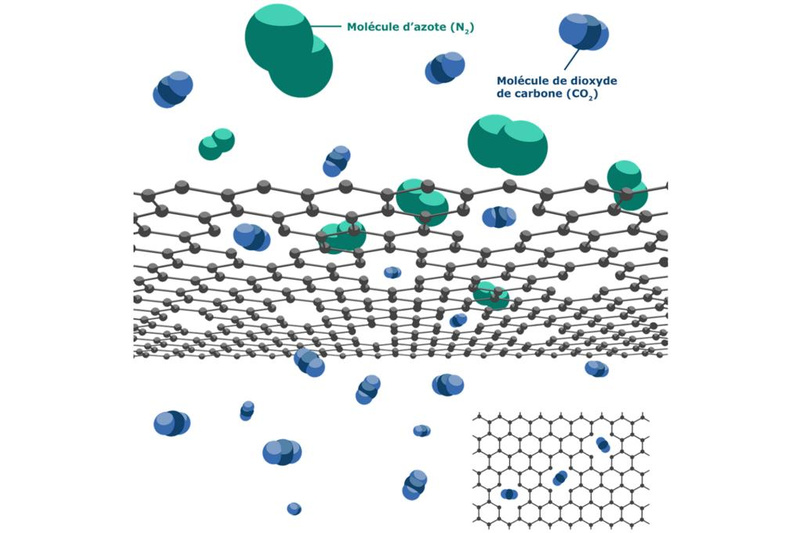

Left panel: RNA that mimics a viral RNA of TBEV (green) being transported to a dendrite. Right panel: Viral proteins (purple) being produced in a dendrite.
Credit: Hirano M. et al., Proceedings of the National Academy of Sciences of the United States of America, Aug. 28, 2017
Flaviviruses are a significant threat to public health worldwide, and some infected patients develop severe — potentially fatal — neurological diseases. Tick-borne encephalitis virus (TBEV), a member of the genus Flavivirus, causes encephalic diseases resulting in photophobia, irritability and sleep disorders. However, little is known about their pathogenic mechanisms and no effective treatment is available at present.
A research team at Hokkaido University has previously showed that, in mouse neurons, genomic RNAs of TBEV are transported from the cell body to dendrites, the neuron's wire-like protrusions. Viral RNAs then reproduce viruses locally in dendrites disturbing normal neuronal activities.
In the new study published in PNAS, the team looked into the transportation mechanism of viral RNAs in neurons, and discovered they make use of the cell's transportation system, which is normally used to move neuronal RNAs in dendrites. A specific non-coding sequence near the terminal of viral RNAs was found pivotal in interacting with the transportation system. When the sequence was mutated, the infected mouse showed reduced neurological symptoms. In their biochemical experiments, viral RNAs could bind to a protein that forms a neuronal granule, which is part of the neuron's transportation system.
Furthermore, their data shows that normal transportation of neuronal RNAs become affected by viral RNAs as a result of competition to use the transportation network.
Associate Professor Kentaro Yoshii, who led the research team, commented “It is unprecedented for a neuropathogenic virus to hijack the neuronal granule system to transport their genomic RNA, which results in severe neurological diseases. The disruption of the neuronal granule system is also known to be involved in non-viral diseases such as Alzheimer's disease. So the unique virus-host interaction we revealed should help us understand their pathogenesis and develop treatments in the future.”












